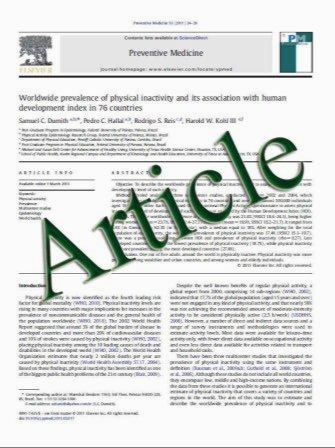Post-Operative Dexmedetomidine-Based Sedation After Uneventful Intracranial Surgery for Unruptured Cerebral Aneurysm: Comparison with Propofol-Based Sedation
- نوع فایل : کتاب
- زبان : انگلیسی
- مؤلف : Hiroshi Yokota • Kazuhiro Yokoyama • Hiroshi Noguchi • Toshikazu Nishioka • Osamu Umegaki • Hisao Komatsu • Toshisuke Sakaki
- چاپ و سال / کشور: 2011
Description
Background Clinical applications of dexmedetomidine (DEX) for neurosurgical procedures have not been adequately investigated. This study aimed to test the use of DEX infusion, alone or as an adjunct to propofol infusion, as compared to propofol infusion in patients with an unruptured cerebral aneurysm after uneventful intracranial procedures. Methods In this retrospective observational study from a single institute, of 184 patients who underwent uneventful intracranial procedures for an unruptured cerebral aneurysm between January 2003 and March 2007, we reviewed 50 managed with DEX-based sedation (DEX alone or as an adjunct to propofol infusion) between April 2005 and March 2007, and 50 managed with propofol-based sedation (propofol alone) between January 2003 and April 2005. With DEX-based sedation, both intubated and extubated patients received DEX infusion at an initial dose of 0.4 lg/ kg/h, followed by a maintenance dose of 0.2–0.7 lg/kg/h. Propofol was used in both groups at a dose range of 0.5–5.0 mg/kg/h. Hemodynamic variables, including heart rate (HR) and blood pressure (BP), and adverse events were recorded and compared between the groups. Results HR during sedation and systolic BP at 2 h after beginning sedation were significantly lower in the DEX group. No serious adverse events were observed. In the DEX group, 66% were sedated in combination with propofol, of whom 94% were intubated. Conclusions DEX could be used safely for both intubated and extubated patients following uneventful intracranial procedures for an unruptured cerebral aneurysm, though it significantly reduced HR. Our findings also indicate that it is preferable to add low-dose propofol to DEX for management of intubated patients
Neurocrit Care (2011) 14:182–187 DOI 10.1007/s12028-010-9485-4 Published online: 21 December 2010


